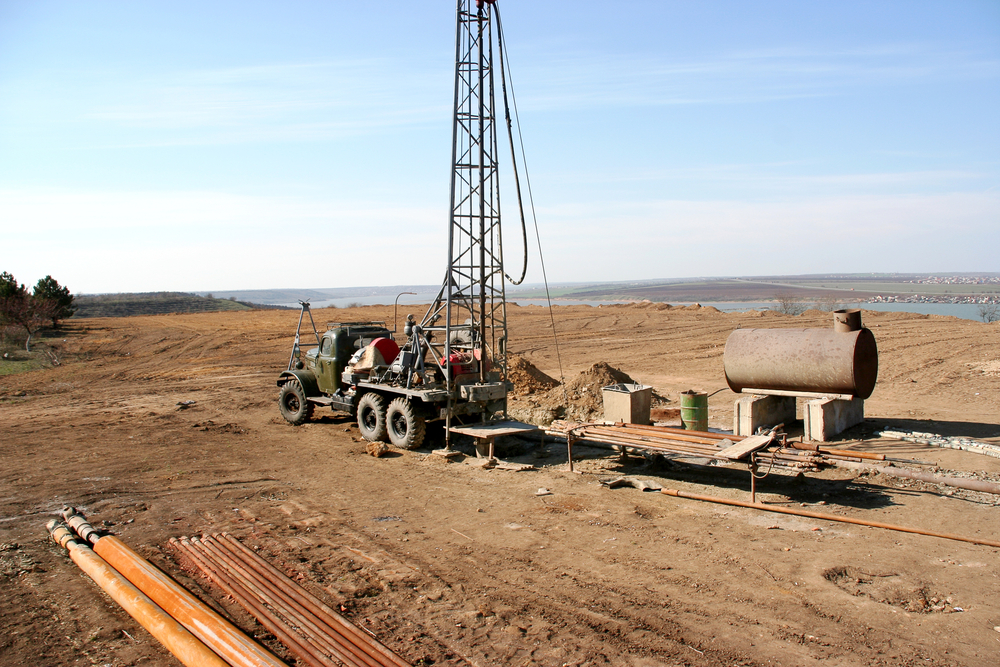Horizontally drilled wells’ domination of US tight oil and shale production continues to grow

Horizontally drilled wells now account for 96 percent of crude oil production and 97 percent of natural gas production in the United States, according to the Energy Information Administration (EIA).
The near-total hold on efforts into tight oil and shale gas formations represents a massive leap over 14 years as, in 2004, such operations represented only 15 percent of crude oil production therein. Likewise, U.S. natural gas production in shale formations had only seen horizontal wells represent 14 percent of production in 2004, against their 97 percent hold now.
Horizontal drilling has allowed operators greater access to oil and natural gas-bearing rock than its more traditional, vertical forebears. It works through drilling parallel to the geologic layers in tight formations, allowing more hydraulic fracturing.
The horizontal method has dominated drilling since at least the beginning of the decade, but that pace has picked up steam significantly in the last few years. Only in 2017 did the number of horizontal wells finally surpass vertical wells in their respective regions, and as of the end of 2018, there are still 88,000 vertical wells active. Those wells are nearly insignificant, however, producing only minor volumes that are likely only to continue production until they become wholly uneconomic.
